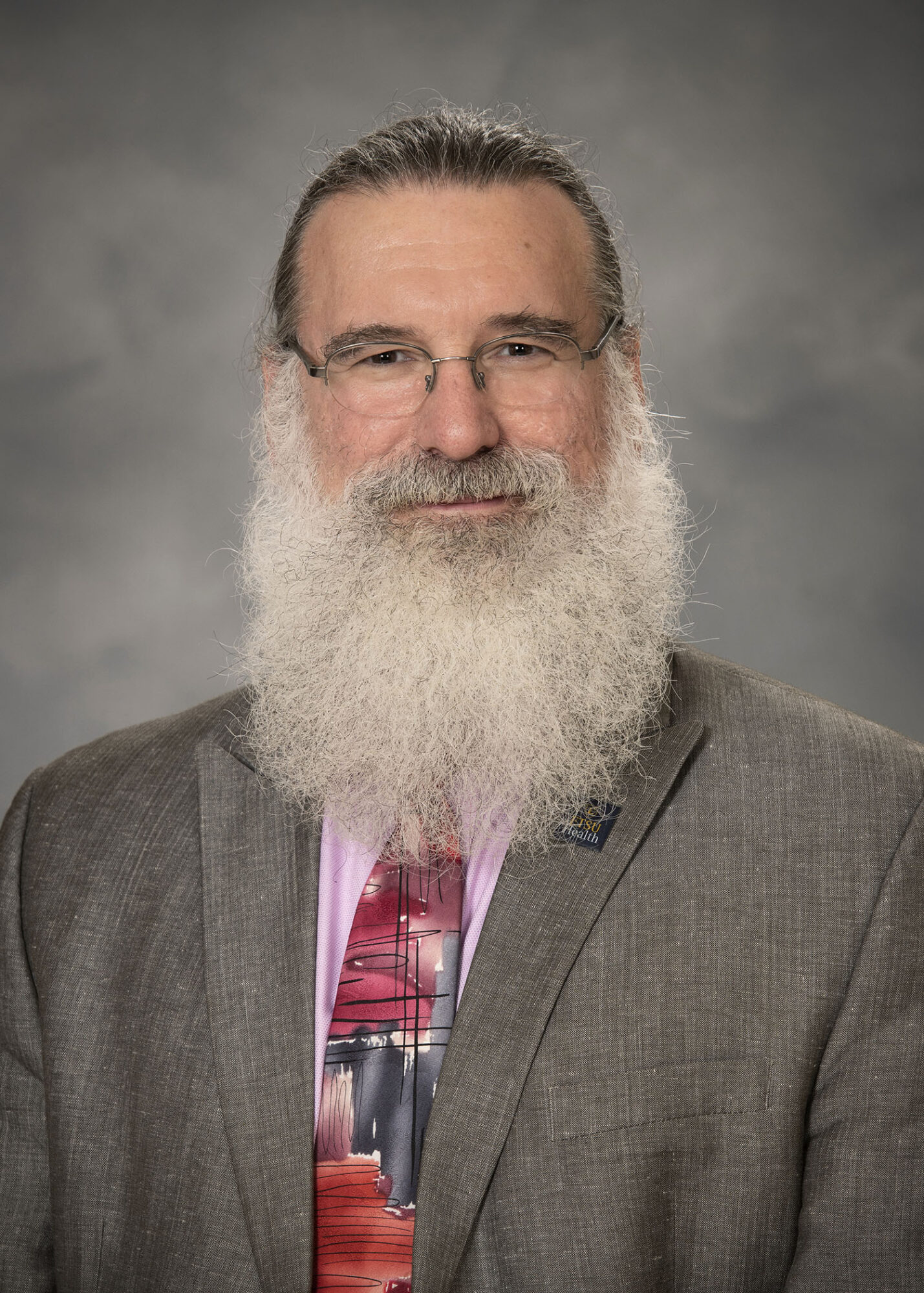

I saw this interesting conversation in Medscape. It was between Kenny Lin, MD, MPH, who teaches family medicine, preventive medicine, and health policy at Georgetown University School of Medicine. He is also deputy editor of the journal American Family Physician. He was speaking to Reid Blackwelder, MD, former President of the AAFP and a former Board Member. Here is the section I liked:
Lin: We’re seeing a small but increasing number of practicing family medicine positions — including, incidentally, my own personal physician — transitioning to either concierge or direct primary care practices. The main effect is to reduce the size of their patient panels by up to 80%. On the one hand, as I’ve seen, this is good for doctor morale. People have found that they’ve been able to reduce burnout and potentially attract more medical students to the field because they see people operating in more sustainable practices. But on the other hand, you’ve got the same number of doctors caring for a smaller number of patients. What do you think the effect of these types of models are going to be on future supply and demand in primary care?
Blackwelder: All of these models are ways of investing in primary care. Primary care is about relationships and communication, and that’s really one of the benefits of any model. With the pandemic, we’ve made some changes in how we interact with our patients that I think were exactly what we needed. Many of the direct primary care models, like the one developed by my good friend Dr Brian Forrest in North Carolina, are in underserved areas and are designed to take care of people who aren’t getting any care at all. So even though they can reduce panel size, they can also improve access. I’m seeing a lot of businesses now recognizing how valuable primary care is to reduce time lost from work and increase morale and the health of their employees. Businesses are buying direct care models in their local communities, and employers are paying for them because they will save money downstream.
Not bad. It is good to see we are making more and more noise out there.
Thoughts? Could it be better? Worse?
This article definitely shows a flicker of hope that the establishment may be recognizing the value of DPC. It certainly helps FP docs’ morale better than AAFP’s Avoid Physician Burnout seminars in which they tell doctors to not change what they are doing, but add yoga to their schedule.
One thing that they don’t recognize in this snippet, is that there is little data on what the ideal patient panel size is. They may be able to tell us what the average size is, but that is not necessarily the ideal size. While I am not as old as KOM, I am old enough to remember when the average cholesterol was about 240. That didn’t make it ideal…
Another point that Lin did touch on, but not enough is that the whole idea behind DPC is to not have the same number of docs seeing less patients to worsen the physician shortage. It is to change the paradigm and make primary care a much more attractive option for graduating medical students. We have a glut of specialists primarily because they get paid far better than PCPs. If that gap is narrowed, more will take the leap into primary care.